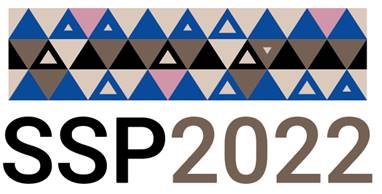Speaker
Description
Experiments with single ions confined in a Penning trap enable access to a broad range of observables that are of fundamental importance for our understanding of fundamental physics. In the magnetic field of the trap, the cyclotron frequency of an ion can be determined with unique precision and gives direct access to the charge-to-mass ratio. Furthermore, we have access to the gyromagnetic g-factor via a measurement of the (Larmor) spin precession frequency. This way, we have determined a number of fundamental parameters, such as the electron, proton, neutron and deuteron atomic masses with leading precision.
Moreover, the continuous Stern-Gerlach effect gives us the possibility to determine the internal (spin-) state of the ion non-destructively. Consequently, we can measure the g-factors of almost arbitrary, also highly charged ions. Since the electric field found in such ions can reach extreme values up to 1016 V/cm, a comparison of the measured g with the prediction by theory yields the most stringent tests of quantum electrodynamics (QED) in strong fields. Recently, we have used our new generation experiment ALPHATRAP to push these measurements up until hydrogenlike tin 118Sn, where the field strength is two orders of magnitude higher than in any previous comparable measurements.
Also, our development of a novel technique to determine the g-factor difference of two simultaneously crystallized ions has led to a leap by two orders of magnitude on the precision frontier. With this technique, we have recently determined the isotopic effect of the g-factor in hydrogenlike neon ions, at 13 digits precision with respect to g and are consequently sensitive to previously invisible contributions, such as the QED recoil, and can set limits on hypothetical new physics such as dark matter mediated couplings.
Finally, the possibility to determine the internal state of a single ion gives us access to systems that were previously difficult to handle, such as the molecular hydrogen ions. Currently, we are performing spectroscopy on HD+ and soon H2+. The development of the necessary toolbox will be a seminal step towards a possible future spectroscopy of the antimatter equivalent, Hbar2-, which will enable a unique test of charge-parity-time (CPT) reversal symmetry.
| Scientific topic | Symmetries and Interactions |
|---|

